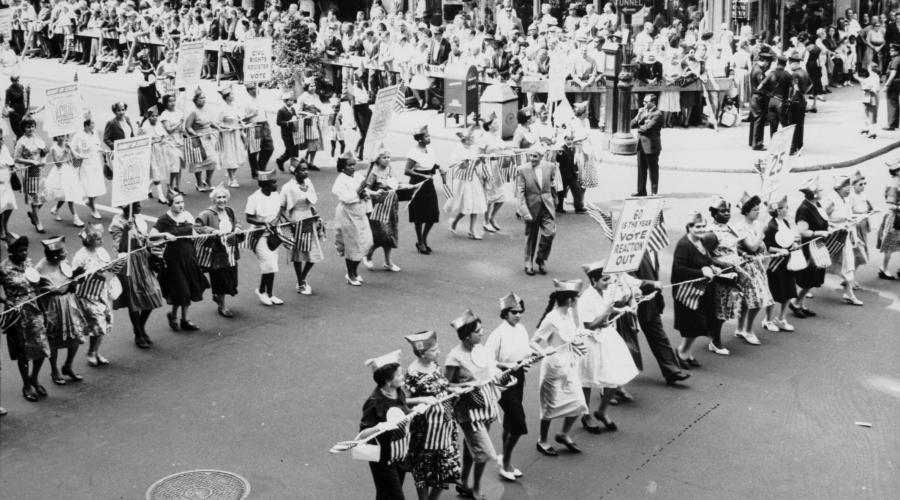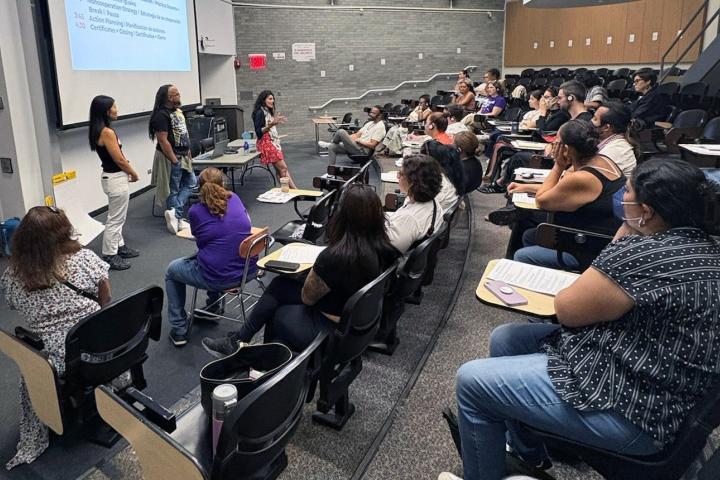
Opportunity and Challenges for Today’s Labor Movement
One hundred and thirty-six years ago on September 5th, thousands of New Yorkers marched from City Hall to Union Square, marking the first celebration of Labor Day in this country. Though the labor movement of the time was under attack by Gilded Age employers, New York City and state were already known as hotbeds for labor activists. Much like then, today the labor movement in American faces significant threats and labor organizers are fighting back.
In May, a Supreme Court ruling in the Murphy Oil case made it harder for workers to band together in class action lawsuits against employers. In June, the Janus decision dealt a massive blow to unions by making it no longer mandatory for public sector unions to collect agency fees. Overturning forty years of precedent, the decision shifts power toward the corporations who seek to destroy collective bargaining in this country.
The level of inequality in America corresponds remarkably to the rise and fall of unionization. When union membership falls, inequality worsens. Today, the average CEO in America makes as much money in one day as the typical worker earns in a fall year. The rising level of inequality in the United States has had reverberating effects on politics in the U.S. and around the world.
Despite the dire headlines this year, there is hope. A recent Pew study found that young people have a favorable view of the labor movement. Last year, bucking a long trend of decline, union membership in the U.S. grew by 262,000 members. Three-quarters of those new recruits were under the age of 35.
These young people are connected to each other in ways never seen before, and the challenge is to the labor movement to use that connectivity and apply it to the principles of organizing. We have already see this happening with the young community activists who have bolstered worker-driven protest movements from the Fight for $15 to Black Lives Matter to #MeToo, linking issues of living wages, labor protections, and social justice.
Such new ideas are long overdue for a union movement that has been plagued by globalization, automation and rightwing rollbacks on union protections. So-called “right to work” laws have helped deplete private sector union coffers in many states by restricting their ability to collect fees from all workers at unionized firms, while the Janus ruling imposes similar barriers on public sector unions.
However, in 2018 even states with “Right to Work” laws saw remarkable labor successes with the teachers’ strikes this spring. From West Virginia to Arizona, teachers organized, acted collectively, and won significant victories. Combined with the recent Missouri vote rejecting a “Right to Work” law for that state, we see more opportunities for the labor movement.
These are the types of ideas and connections which The Worker Institute hopes to spread in the 21st-century labor movement. Our leadership programs and our research focus on these types of issues faced by today’s workers, organized or unorganized. On this Labor Day, we hope that our programs help nurture and grow new ideas and new tactics for a revitalized labor movement.
With this letter, we also want to let you know about some changes in the leadership team of The Worker Institute. Jeff Grabelsky, who has served as an Associate Director since 2013, is stepping down from that position in order to put all of his efforts into our leadership programs. Lara Skinner has now been promoted to Executive Director of the Institute. Please join me in thanking Jeff for his years of service and congratulating Lara.
Lara and I look forward to working with during these days of both challenge and opportunity for worker movements in our state and our society.
In Solidarity,
Ileen A. DeVault
Academic Director
The Worker Institute at Cornell ILR School
Lara Skinner
Executive Director
The Worker Institute at Cornell ILR School



